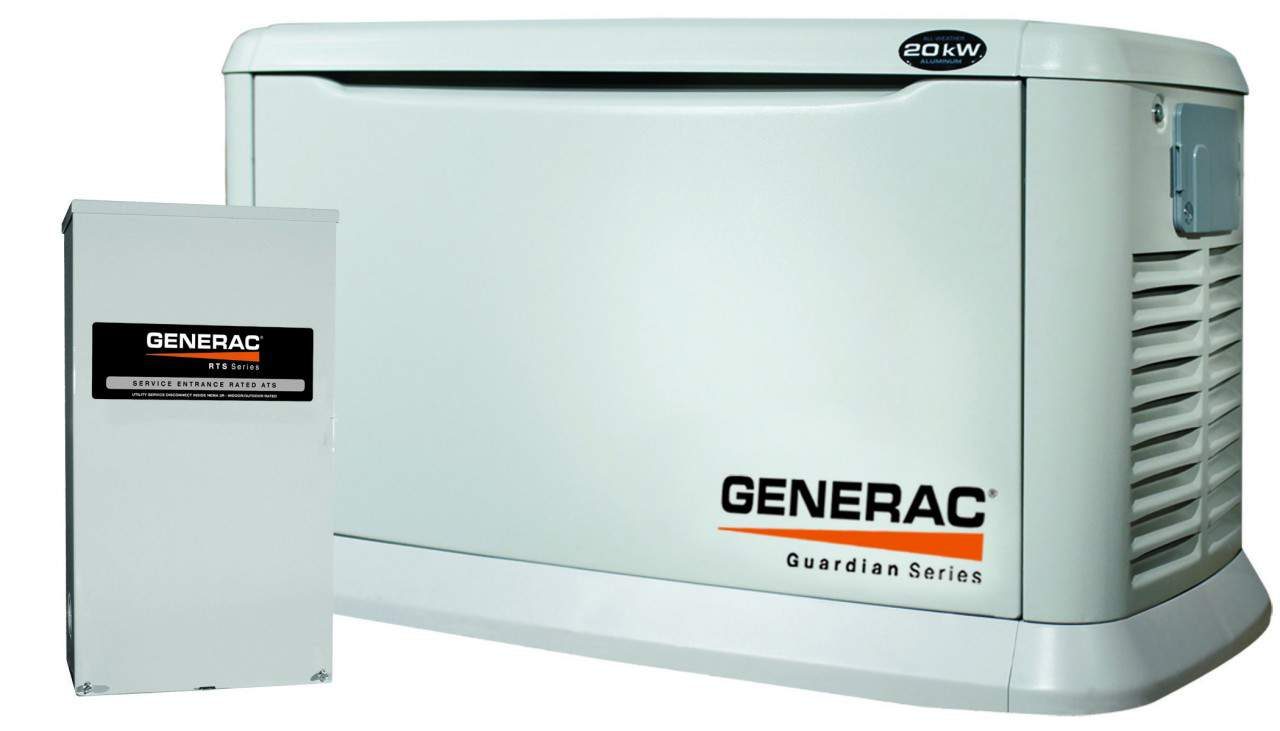Put in a Home Standby Generator Yourself: Why/ Why Not?
Standby generators communicate with the automatic transfer switch to supply electrical energy during a power outage. Installation is just not necessarily a complicated job, nevertheless it does require knowledge beyond the scope of most do-it-yourself books. Handling the job yourself instead of employing an experienced and qualified installer can reduce your cost, nevertheless it will most likely take more time. You will find positives and negatives to handling it as being a DIY project and employing an expert.
Installation
The simplest standby generator installation runs on the load center joined with an automatic transfer switch in a single unit. The transfer switch connects into a double-pole breaker in the primary service panel. The circuits the generator will power are disconnected in the primary panel and routed in to the new automatic transfer switch where they’re attached to new breakers.
Other installations switch the main service panel with a brand new one that incorporates the automatic transfer switch, or the ATS is installed between the meter as well as the existing panel.
Plumbing to give the home’s gas lines for the standby generator is needed with an assessment with the gas utility meter to be sure it’ll handle the increased flow of gas. Or even, the utility will need a fresh meter installation.
Electrical Work
If you are knowledgeable enough to complete the job yourself and can convince your local building inspector that you can handle the position, you may well be approximately the installation. Knowledge of the National Electric Code in regards to the installation along with your service entrance, along with a extensively recorded insurance policy for installation may help create a permit to proceed having a generator installation, but you will still have to try everything correctly and pass the inspection.
Failure to feature important codes or making dangerous mistakes might prompt the inspector to require you to hire a mason afterwards, that may probably amount to more income ultimately. Using a “No Occupancy” tag slapped on your own home simply because you made way too many mistakes can give back off and away to a motel and incur much more expense until the issues are corrected as well as your generator passes installation.
Plumbing Work
Connection to your home’s gas or LP gas supply lines is important. Propane lines for the new standby generator are run with black iron pipe, and LP gas uses copper or plastic tubing. You will want the skill to produce leak-free connections and test for leaks after the installation.
Building inspectors are especially shy of householders that want to do their very own gas line plumbing work, and gas utilities feel . The danger of explosion or suffocation from leaking gas is very high when errors happen and gas lines leak. Explosion danger extends to neighboring homes.
When you ought to Do-It-Yourself
If you are positive your talent and will receive the building permit, then go ahead and install your standby generator and automatic transfer switch. Follow all of the manufacturer instructions along with all local building codes. The dwelling inspector needs to be other people you know during the installation and will offer advice and caveats. Should you come across conditions allow you to deviate from the plan, call the inspector to make certain the modern plan’s acceptable. Most of all, never proceed with purchasing materials or starting set up before you have the proper permits.
When you ought to Employ a Pro
Do not forget that you’re managing electricity and will be exposed to dangerous electrical currents. You’ll need to tap into your home’s gas lines and develop a leak-free pipe run and link with the standby generator. Failure in either of such trades could cause severe injury or death. If you aren’t comfortable in your abilities with proven experience, hire an expert. It’s worth the comfort and saving a few dollars isn’t worth losing the life of a loved one or yourself.
To find out more, go to: www.GeneratorPowerForLess.com
